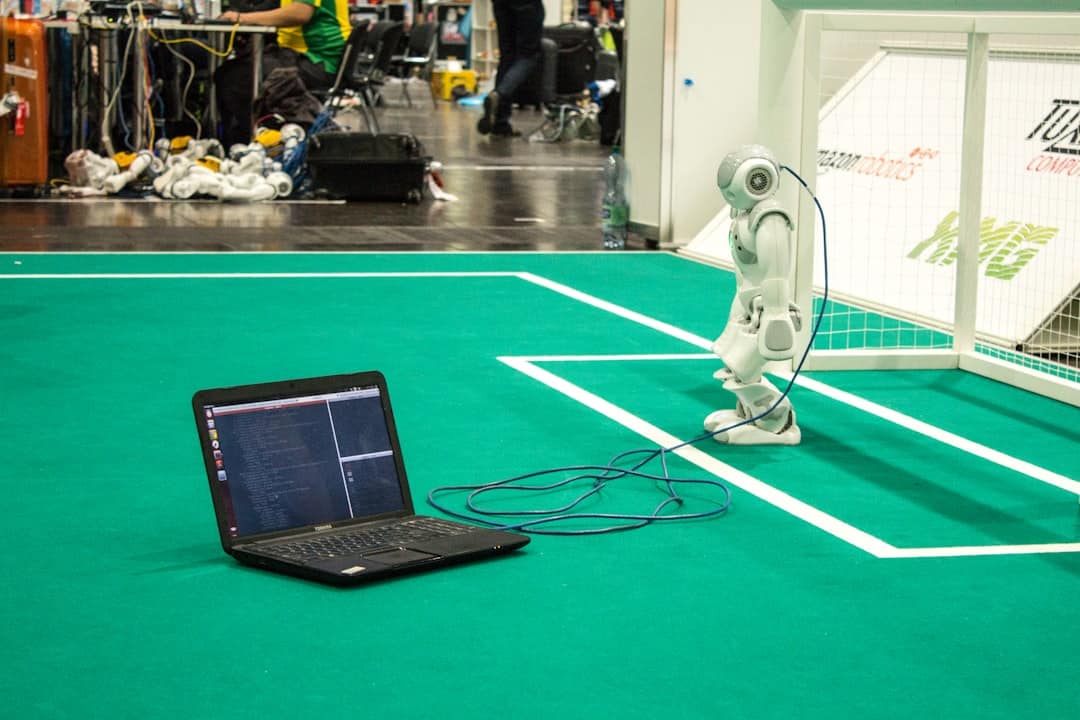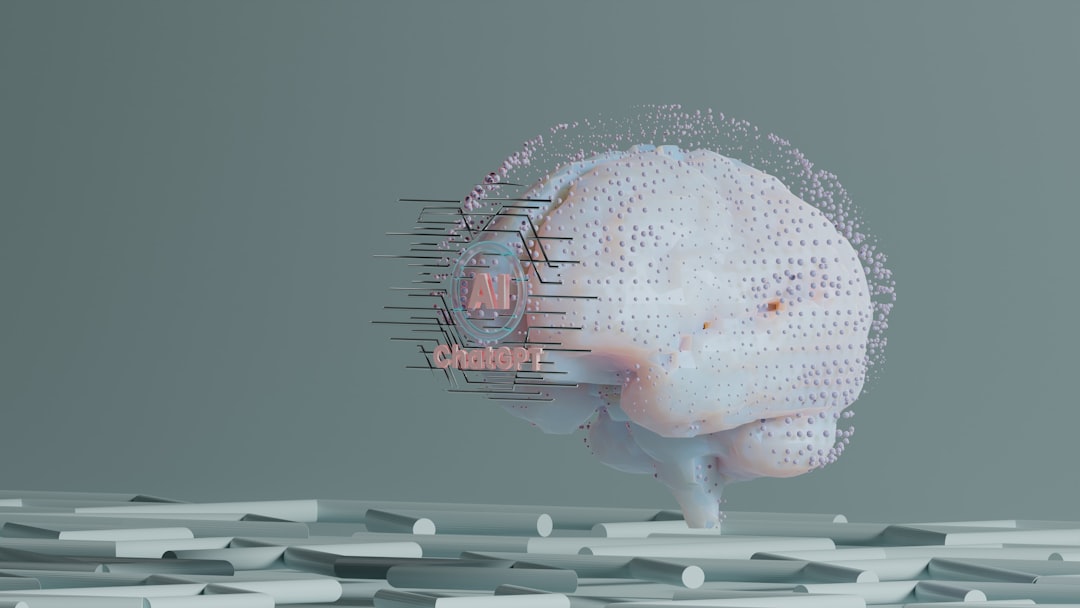Reinforcement learning (RL) is like teaching a pet to do tricks. The pet learns by trial and error. It gets treats when it does something great. In the world of AI, we do something similar, but using math and code. Designing RL code can be fun, but there are a few key things you need to consider.
1. Start Simple
Don’t jump straight into complex environments. Start with easy ones like CartPole or FrozenLake. These give quick feedback and help test your setup fast.
Starting simple helps you:
- Verify your environment setup
- Understand how your agent behaves
- Debug quicker
It’s like trying to learn basketball by playing a 1-on-1 game before joining an NBA match.
2. Environment Matters
The “environment” is where your AI agent lives. It’s the world it interacts with. In code, environments are usually made using OpenAI Gym or Gymnasium.
Things to check about your environment:
- What actions are allowed?
- What states can it observe?
- What reward does it get for different moves?
Choose the right environment for your task. It’s like choosing whether to train a fish to swim or a bird to fly. Don’t mix things up!

3. Choose the Right Algorithm
Different tasks need different algorithms. Here’s a simple breakdown:
- Q-Learning: Good for small environments
- Deep Q-Networks (DQN): Better for large spaces using neural networks
- Policy Gradient Methods: Best when actions are continuous
Pick wisely based on what your AI needs to learn. Don’t bring a calculator to a painting contest!
4. Reward is Everything
Your AI learns by getting rewards. Rewards are like points in a video game. If your rewards are messed up, your agent will learn the wrong thing.
Tips for managing rewards:
- Keep reward signals simple and consistent
- Watch out for reward hacking — agents can find loopholes
- Use penalties for bad actions to guide behavior
Fixing a reward system is like fixing the rules of the game. Clear rules = better play.
5. Keep It Stable
RL training can get wild. Your agent may get better, then worse, then better again. That’s normal. But there are ways to keep things stable:
- Normalize inputs: Give your model data in consistent formats
- Use target networks: Especially in DQNs to smooth out learning
- Replay buffer: Store past experiences to reuse them smartly

6. Visualization Helps
Show what’s happening! Watching agents play helps spot problems early. Use plots, animations, or videos. Even a print statement can help.
Things to visualize:
- Episode rewards over time
- Episode length
- Agent’s live behavior
It’s like replaying game footage to see what went wrong. Super useful!
7. Patience and Tuning
RL is not plug-and-play. You’ll need to adjust:
- Learning rate
- Discount factor (gamma)
- Exploration strategy (like epsilon in epsilon-greedy)
Each tiny change can affect your agent’s performance. Don’t be afraid to experiment. Celebrate small wins!
8. Reproducibility
Set random seeds. Log runs. Save models. You want to make sure that if it worked yesterday, it will work tomorrow too.
It’s frustrating to see great results once and never again. So be organized!
Wrap Up
Reinforcement learning is powerful and exciting. But building a smart agent takes more than just throwing code together. Here are your takeaways:
- Start small and grow gradually
- Set up a smart reward system
- Pick the right algorithm and environment
- Visualize, tweak, and keep it stable
With patience and practice, you’ll build smarter agents every time. Happy learning!